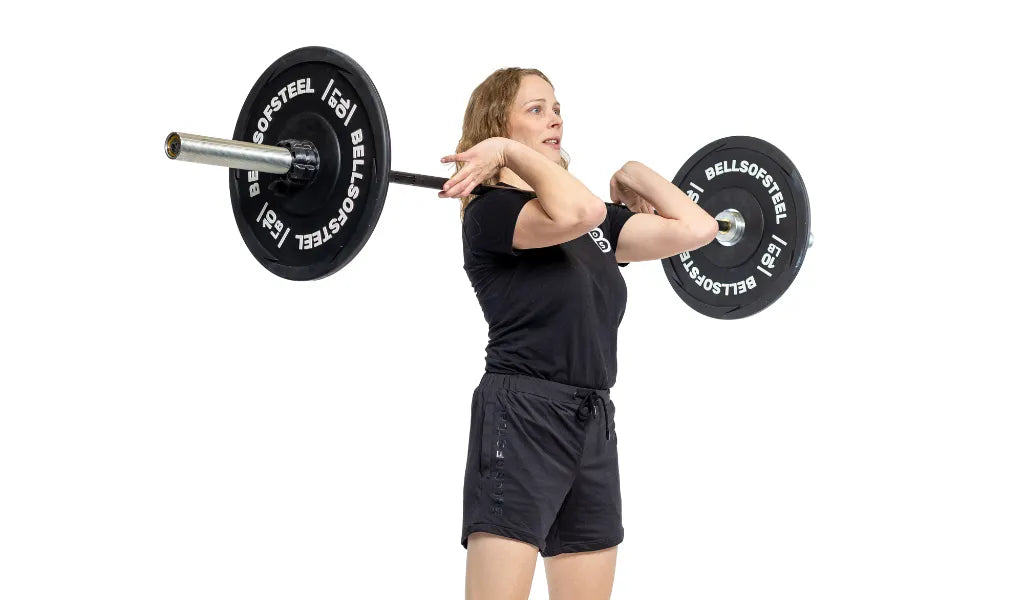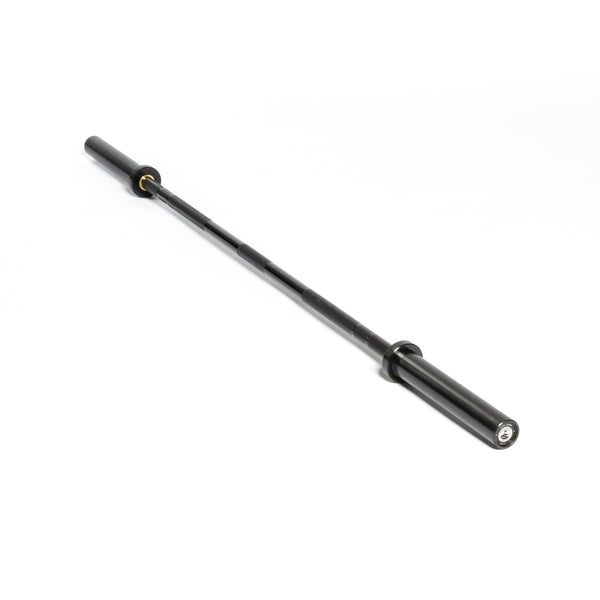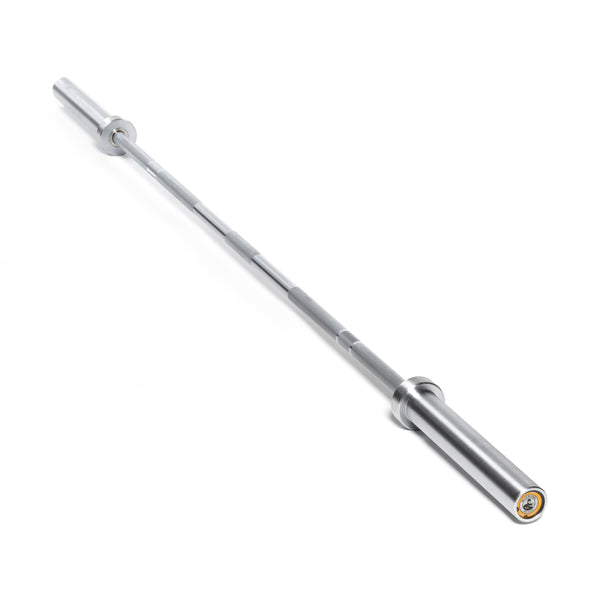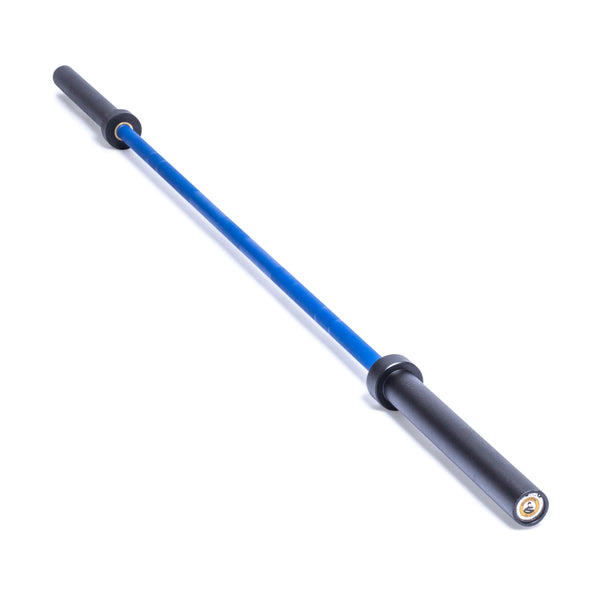So, you walk into the gym, ready to lift some heavy things, and then you see it—the so-called “women’s barbell.” You might think, “Wait, am I being downgraded? Is this gym equipment telling me I’m less capable?”
Hold that thought right there! Let’s clear up this barbell confusion. The women’s barbell isn’t about boxing you into a lower tier; it’s about giving you a tool optimized for your lifting experience, especially if you’ve got a smaller frame or grip.
Let’s dive into the world of women’s barbells and find out why they exist—and how they’re actually pretty darn handy.
What Is a Women's Barbell?
A women’s barbell is compact, sleek, and designed for efficiency. This barbell has been crafted with slightly different specs to accommodate those of us with smaller hands, shorter limbs, and a different biomechanical structure. But here's the important bit—it's not lesser, just different.
The main difference is in the diameter and weight. A typical women’s barbell has a thinner grip (25 mm compared to the 28-29 mm on standard barbells), which means it's easier to hold if you have smaller hands. It also usually weighs 15 kg (about 33 lbs), compared to the standard 20 kg (44 lbs) men’s barbell. Don’t let that fool you, though—this baby can still hold some serious weight.
Why Do Women's Barbells Exist?
You’ve probably noticed: people come in all shapes and sizes. If the world of weightlifting was limited to a one-size-fits-all mindset, we’d all be missing out.
Women’s barbells are designed to help maximize comfort and performance, particularly for those of us with smaller grips and frames. It’s not about “lifting less”—it’s about lifting better.
In fact, Olympic and competitive weightlifting have always recognized the need for diversity in equipment. Women’s barbells aren’t some afterthought—they’re a practical innovation to ensure that more people can lift confidently, comfortably, and without compensating in ways that could lead to injury.
Benefits of Using a Women's Barbell
1. Improved Grip and Control
If you’ve ever tried gripping a standard barbell with small hands, it can feel like you’re trying to deadlift a telephone pole. With a women’s barbell, that slimmer 25 mm diameter makes it easier to wrap your hands around the bar and really lock in your grip—especially when you're cranking out high-rep sets or going for those Olympic lifts like the snatch or clean & jerk.
2. Optimized Weight for Beginners
Let’s be real: starting your lifting journey with a 44-pound barbell can feel like jumping into the deep end of a pool. A women’s barbell, at 33 pounds, gives you a bit more control, making it ideal for beginners learning proper form or those building up their strength before tackling the heavy-duty stuff.
3. Perfect for Olympic Lifts
When you’re going for those fancy, technical moves like the snatch, clean, or jerk, the lighter and shorter women’s barbell is your best friend. It’s easier to handle, especially when you're practicing explosive movements that require a lot of coordination. Focusing on technique is a lot easier when you aren’t worrying about the bar throwing you off balance.
What Should You Consider Before Using a Women's Barbell?
1. What Are Your Goals?
Are you primarily focusing on Olympic weightlifting? Then the women’s barbell is a no-brainer. If you’re more of a powerlifter or general strength trainer, though, you might want to mix and match, using standard barbells for lifts like deadlifts or squats.
2. Hand Size and Comfort
If you’ve got smaller hands, the thinner grip will help you hang on longer, lift heavier, and feel more in control during your lifts. If your hands are on the larger side, you may feel more comfortable with the standard barbell’s thicker shaft.
3. Federation Rules for Competitions
If you’re planning on competing in Olympic weightlifting, you’ll definitely need to get cozy with the women’s barbell. However, for powerlifting, both men and women often use the same bar, depending on the federation. Make sure to check the competition standards for your chosen sport!
FAQs About Women's Barbells
Q: Do I have to use a women’s barbell?
A: Nope! You can use whichever barbell suits your comfort and goals. It’s not about what you should use—it’s about what helps you lift your best.
Q: Can I lift heavy on a women’s barbell?
A: Absolutely. A women’s barbell is still a heavyweight contender in its own right. Just because it starts lighter doesn’t mean it can’t handle serious gains.
Q: What if I prefer a standard barbell?
A: That’s totally fine too! Many women lifters use standard barbells, especially for powerlifting. The key is finding what feels best in your hands and for your goals.
Conclusion: The Right Barbell for You
Women’s barbells aren’t about limiting your strength—they’re about enhancing your lifting experience.
With a smaller diameter and lighter starting weight, they’re designed for those with smaller hands and frames to maximize comfort, control, and performance. If you’ve ever felt like a standard barbell just isn’t your jam, the women’s barbell might be the answer. But, if you prefer the feel of a heavier or thicker bar, don’t shy away from the standard barbell.
Key Takeaways:
- A women’s barbell typically weighs 15 kg and has a smaller 25 mm grip, making it easier for smaller hands to control.
- It’s great for beginners and those practicing technical lifts like the snatch or clean & jerk.
- You can lift heavy on a women’s barbell, and it’s all about finding the right fit for your goals.
- Check federation standards if you plan to compete in powerlifting or weightlifting to see which bar you’ll use.



